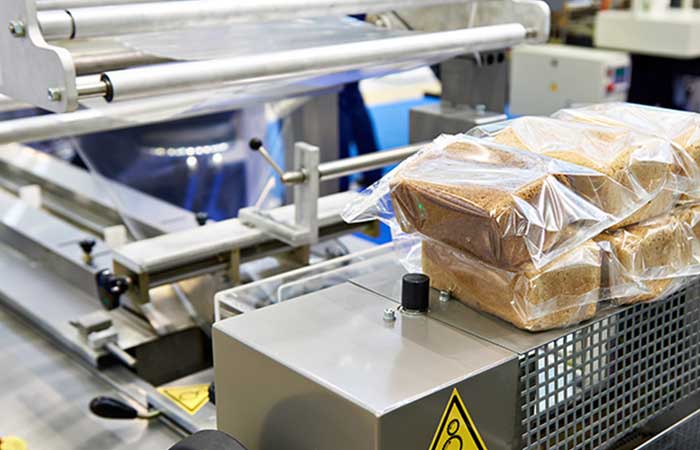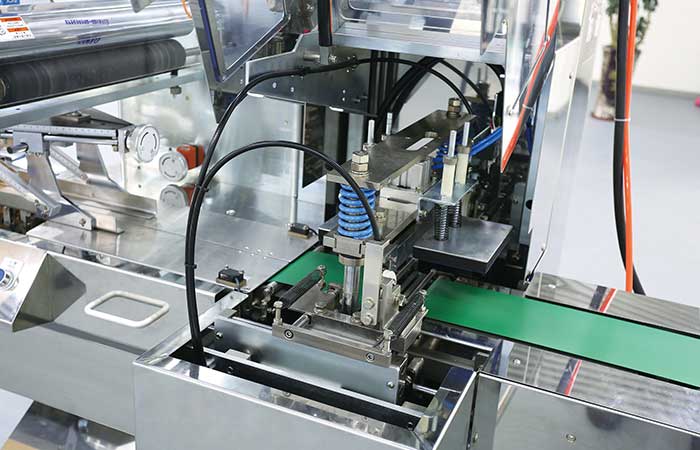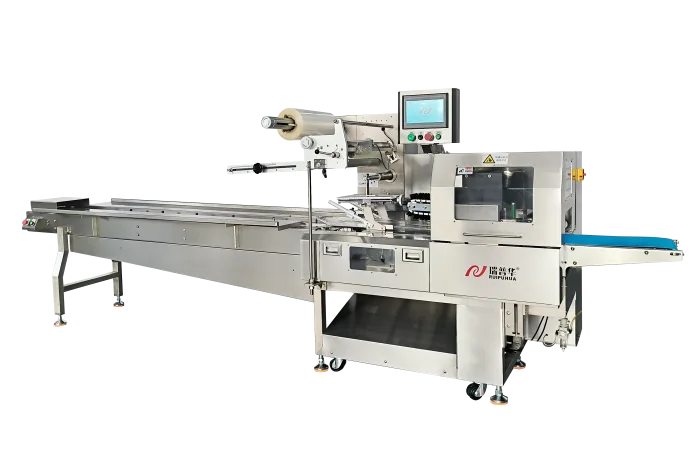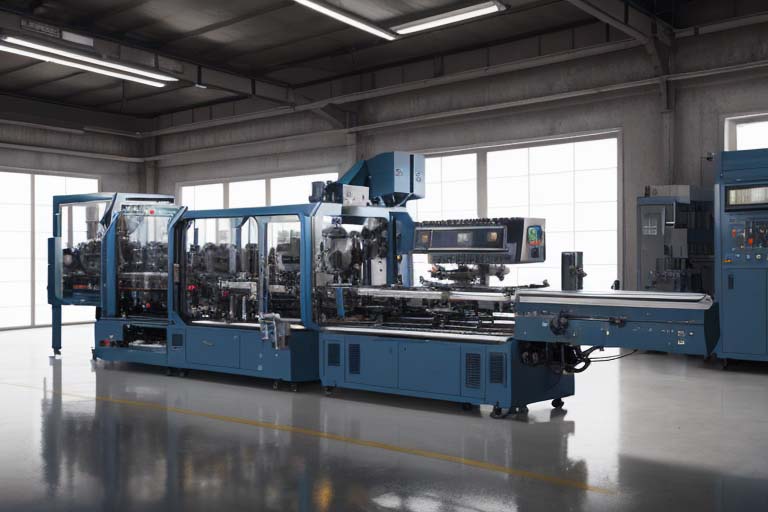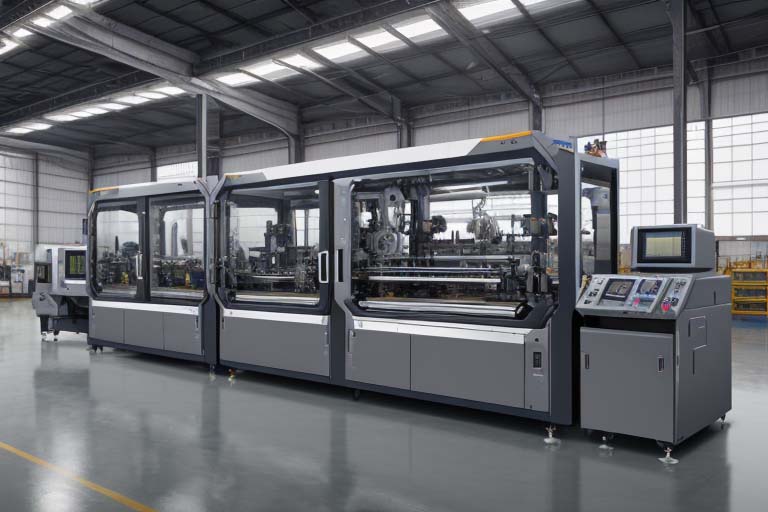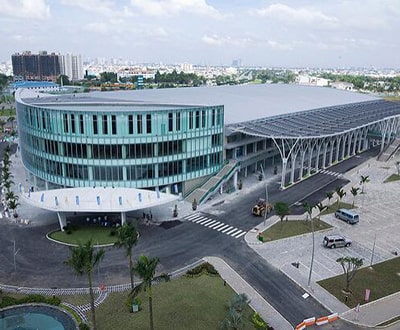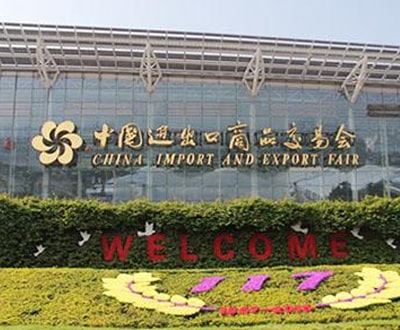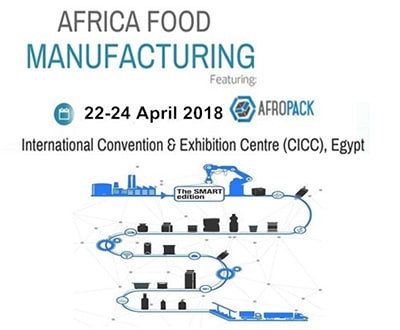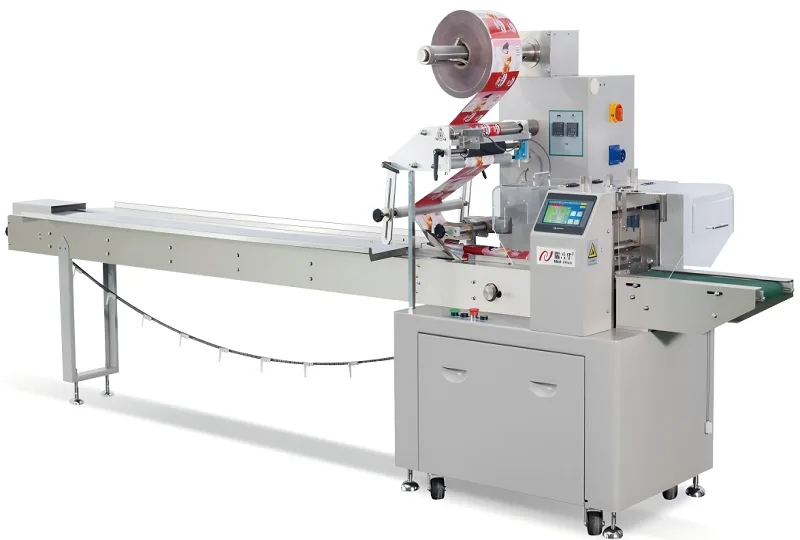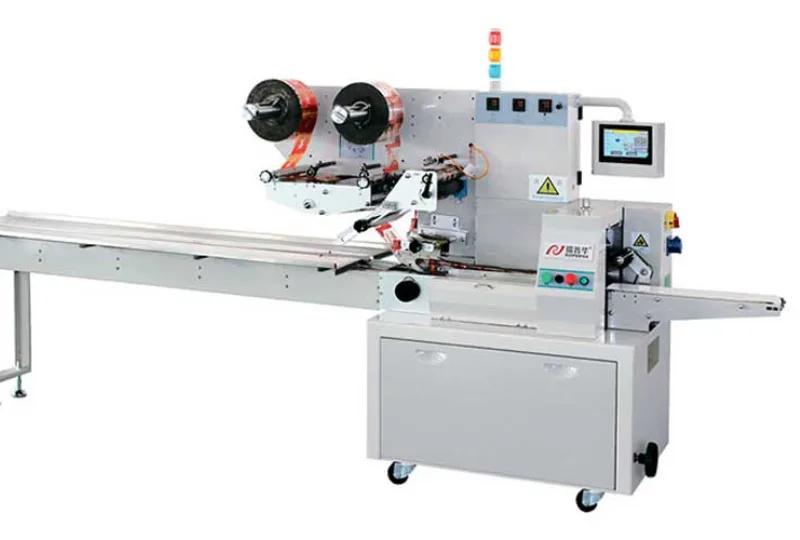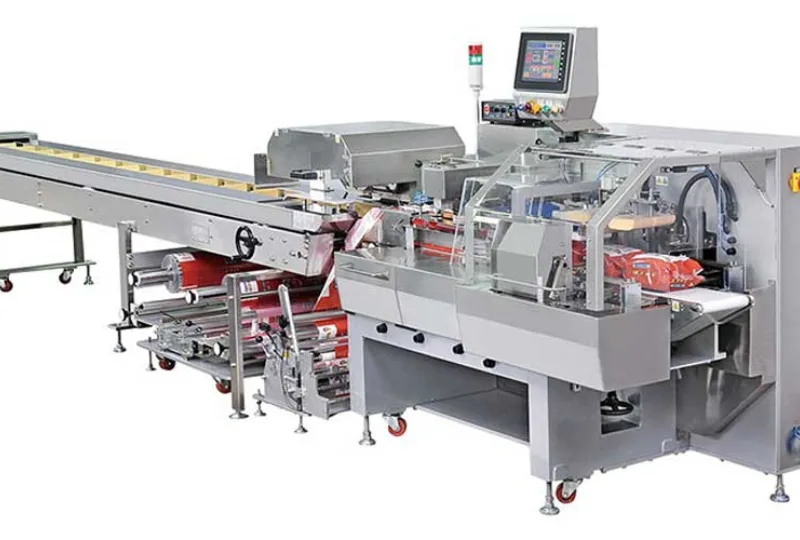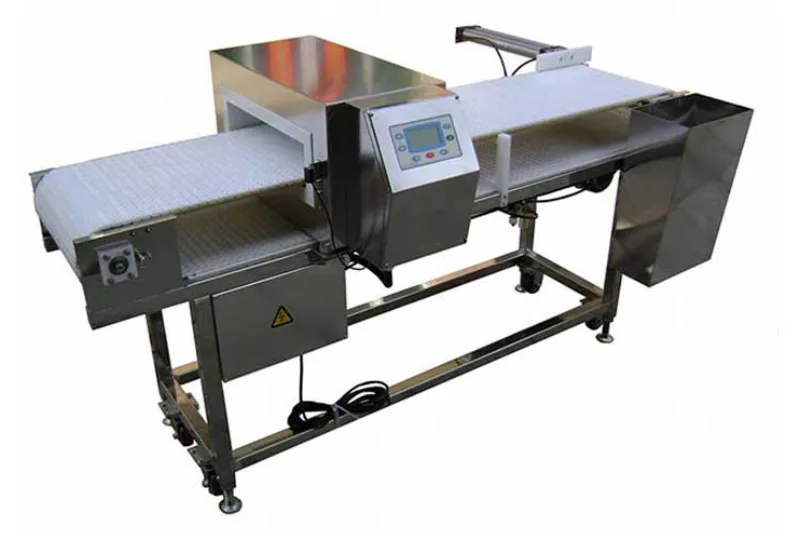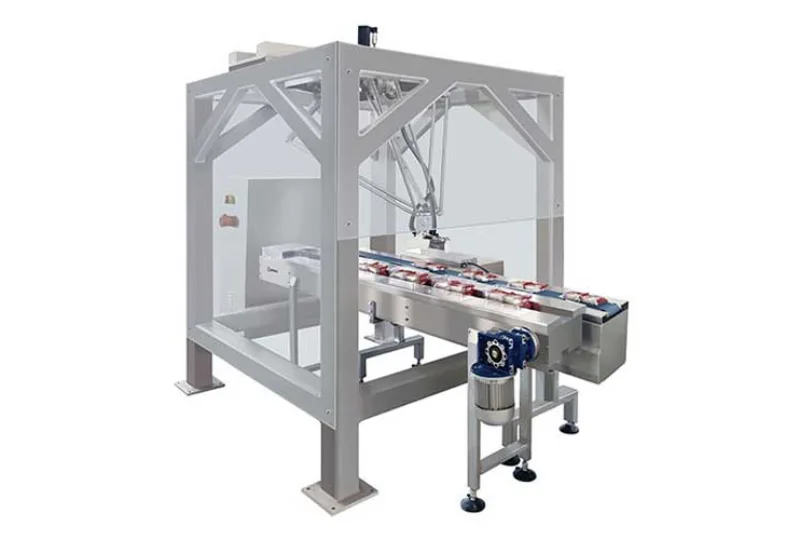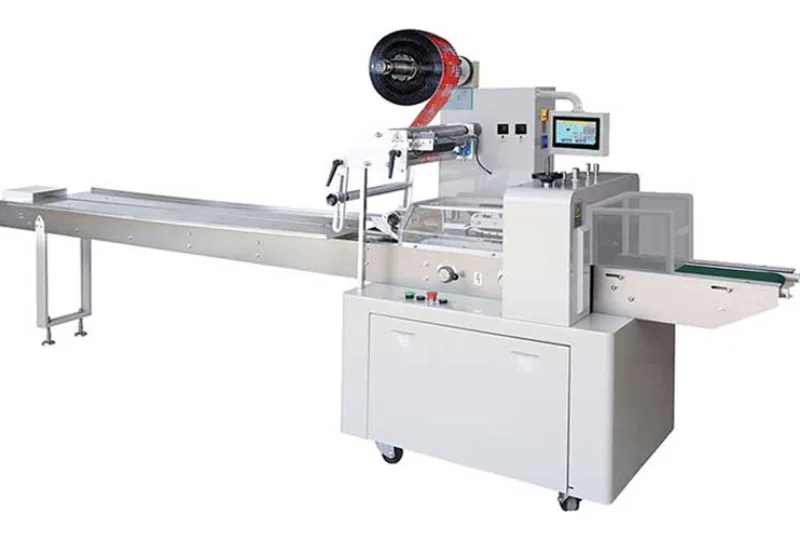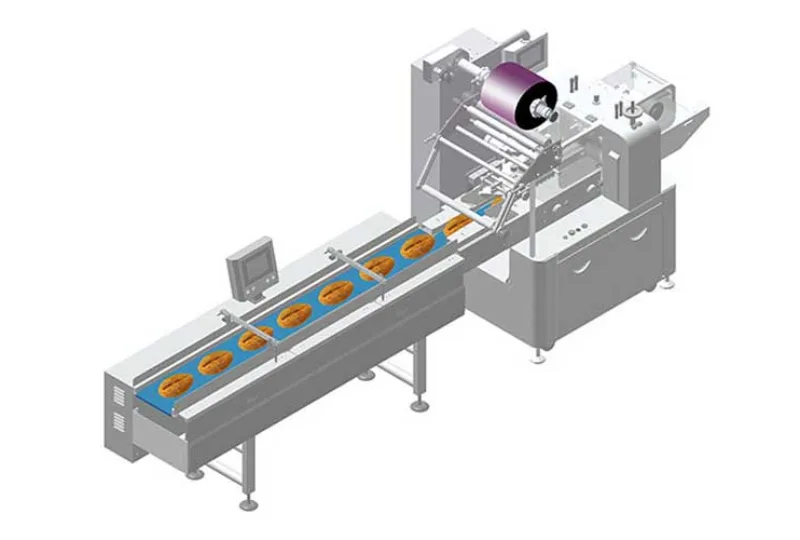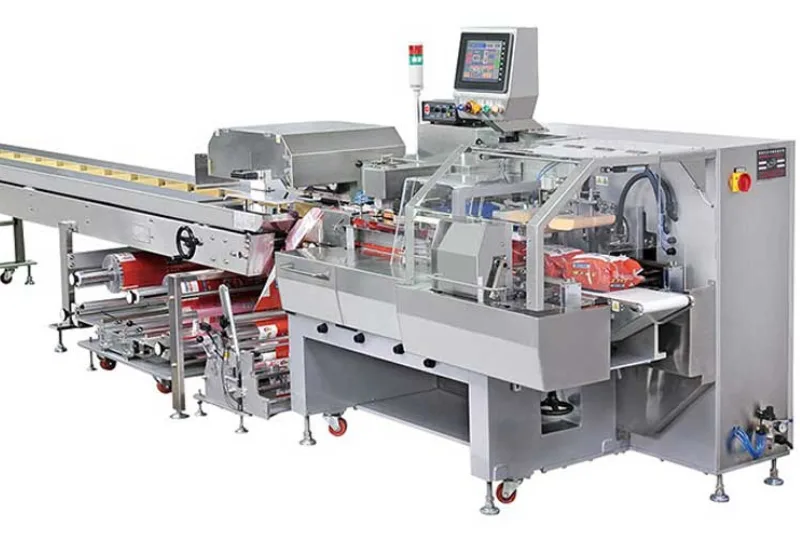Revolutionizing Food Packaging: An Active Approach
The Need for Active Food Packaging Systems
In today’s world, where food safety, freshness, and sustainability are paramount concerns, the realm of food packaging is undergoing a transformative shift. Traditional packaging methods are no longer sufficient to meet the demands of consumers and regulatory bodies. This has led to the emergence of active food packaging systems that offer innovative solutions to extend shelf life, enhance safety, and reduce environmental impact.
Active packaging involves the incorporation of additives or technologies into packaging materials to actively interact with the food or its environment. These systems are designed to maintain or improve the quality of the packaged food by controlling moisture levels, inhibiting microbial growth, or scavenging harmful gases.
One of the key benefits of active packaging systems is their ability to reduce food waste. By extending the shelf life of perishable products, these systems help prevent spoilage and preserve the nutritional value of food items. This not only benefits consumers by ensuring access to fresher and safer food but also contributes to overall sustainability efforts by reducing the volume of food waste sent to landfills.
Types of Active Food Packaging Systems
There are several types of active food packaging systems currently in use, each offering unique benefits and functionalities:
- Oxygen Scavengers: These additives help remove oxygen from the package, which can slow down oxidation and extend the shelf life of products sensitive to oxygen exposure.
- Ethylene Absorbers: Ethylene is a natural plant hormone that promotes ripening and decay. Ethylene absorbers help delay the ripening process, keeping fruits and vegetables fresher for longer.
- Antimicrobial Films: These films release antimicrobial agents to inhibit the growth of bacteria, molds, and yeast, thereby enhancing food safety and reducing the risk of contamination.
- Moisture Regulators: By controlling the humidity levels within the package, moisture regulators help prevent moisture loss or gain, maintaining the texture and quality of the enclosed food products.
The Future of Food Packaging
As technology advances and consumer preferences evolve, the field of active food packaging is poised for further innovation. Researchers are exploring new materials, additives, and smart packaging solutions to address specific challenges in food preservation and safety.
With the growing emphasis on sustainability, biodegradable and compostable active packaging materials are gaining traction as eco-friendly alternatives to conventional plastics. These materials break down naturally and reduce environmental pollution, aligning with the global push towards a circular economy.
In conclusion, active food packaging systems represent a significant advancement in the packaging industry, offering improved food safety, longer shelf life, and reduced environmental impact. By harnessing the power of innovative technologies and sustainable practices, the future of food packaging looks promising, paving the way for a more secure and efficient food supply chain.
-
01
Automatic Tray Loading and Packaging Equipment: Boost Efficiency to 160 Bags/Minute
21-11-2025 -
02
Automatic Soap Packaging Machine: Boost Productivity with 99% Qualification Rate
21-11-2025 -
03
A Deep Dive into Automatic Toast Processing and Packaging System
18-11-2025 -
04
The Future of Bakery Production: Automated Toast Processing and Packaging System
18-11-2025 -
05
Reliable Food Packaging Solutions with China Bread, Candy, and Biscuit Machines
11-10-2025 -
06
High-Performance Automated Food Packaging Equipment for Modern Production
11-10-2025 -
07
Reliable Pillow Packing Machines for Efficient Packaging Operations
11-10-2025 -
08
Advanced Fully Automatic Packaging Solutions for Efficient Production
11-10-2025 -
09
Efficient Automatic Food Packaging Solutions for Modern Production
11-10-2025 -
10
Advanced Automatic Packaging Equipment for Efficient Production
11-10-2025



